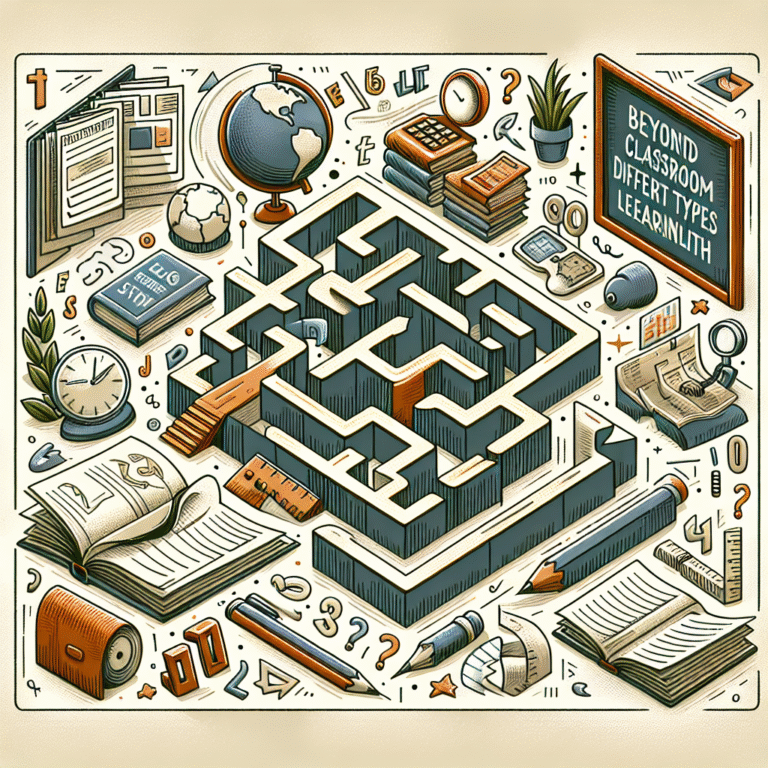
Unlock Your Productivity: Essential Science-Backed Strategies to Conquer Procrastination
Introduction
Picture this: You’re staring at a deadline looming ahead, your to-do list stretching longer than your patience, and yet, you find yourself scrolling through social media or organizing your desk instead of tackling the important tasks. Welcome to the world of procrastination—where intentions meet inertia. If you’ve ever found yourself grappling with procrastination, you’re not alone; studies suggest that 20% of adults identify as chronic procrastinators.
In this article, we’ll explore how to Unlock Your Productivity: Science-Backed Strategies to Conquer Procrastination. By taking a deep dive into the psychology and science behind procrastination, we’ll uncover actionable strategies that will help you break free from the cycle of delay and achieve more in less time. Let’s turn your intentions into accomplishments!
What Is Procrastination?
Procrastination is not merely a habit; it’s a complex psychological behavior closely tied to emotions and decision-making processes. At its core, procrastination emerges from three primary sources:
- Fear of Failure: Anxiety about not meeting expectations can push individuals to delay tasks.
- Perfectionism: The desire to produce perfect work can lead to avoidance, as it feels safer to not start than to risk falling short.
- Lack of Motivation: Boredom or disinterest in a task makes the option of delaying it more appealing.
Understanding these underlying factors is crucial when we discuss how to unlock your productivity.
The Science of Procrastination
The Procrastination Equation
The Procrastination Equation, developed by psychologist Piers Steel, provides insight into why we procrastinate. The formula is:
T = E x V / (D x I)
Where:
- T = Time spent procrastinating
- E = Expectancy (belief that you can succeed)
- V = Value (importance of the task)
- D = Delay (the deadline)
- I = Impulsiveness (your inclination to give in to distractions)
In essence, you’ll procrastinate more when the expectancy and value are low, the deadline is distant, and your impulsiveness is high. Recognizing where you fall within this equation is the first step to overcome procrastination.
A Neuroscientific Perspective
Functional Magnetic Resonance Imaging (fMRI) scans conducted by researchers show distinct brain activity in procrastinators versus non-procrastinators. Neuroimaging studies indicate that procrastinators experience heightened activation in the amygdala (the fear center of the brain) when faced with tasks, leading them to opt for immediate gratification rather than long-term reward.
Understanding the neuroscience behind procrastination can provide valuable insights into how to Unlock Your Productivity.
Strategies to Conquer Procrastination
1. Set Clear Goals
The SMART Framework
When setting goals, leverage the SMART criteria:
- Specific: Clearly define your goals.
- Measurable: Include specific metrics to track progress.
- Achievable: Be realistic with what you can accomplish.
- Relevant: Ensure your goals align with your broader objectives.
- Time-bound: Set deadlines to encourage timely completion.
Case Study: SMART Goals in Action
A company launching a new product successfully utilized the SMART goal framework. By defining a specific launch date, measurable sales targets, and relevant marketing strategies, they not only achieved a smoother launch but also fostered team accountability.
2. Break Tasks Down
The Pomodoro Technique
One of the most popular strategies for task management is the Pomodoro Technique:
- Choose a task.
- Set a timer for 25 minutes.
- Work uninterrupted until the timer goes off.
- Take a 5-minute break.
By breaking tasks into manageable chunks, this technique minimizes overwhelm and makes procrastination less enticing.
Chart: Importance of Breaks
| Length of Work Session | Recommended Break Time |
|---|---|
| 25 minutes | 5 minutes |
| 50 minutes | 10 minutes |
| 90 minutes | 20 minutes |
3. Create a Productive Environment
The 5S Methodology
Inspired by Japanese lean manufacturing, the 5S Method (Sort, Set in Order, Shine, Standardize, Sustain) is highly effective in creating a clutter-free, organized space that enhances focus. By reducing physical distractions, productivity can be significantly improved.
Analysis of 5S in High-Performing Workspaces
A research project analyzing companies that employed the 5S methodology noted a 30% increase in overall productivity within 6 months. A tidy workspace reduces stress and allows for easier focus on tasks, effectively combating procrastination.
4. Prioritize Tasks
Utilizing the Eisenhower Matrix can help prioritize tasks effectively:
| Task Importance | Urgent | Not Urgent |
|---|---|---|
| Important | Do it now | Schedule it |
| Not Important | Delegate it | Don’t do it |
By focusing on tasks that are both important and urgent, you can efficiently allocate your time and energy, giving you the confidence to tackle tasks without procrastinating.
5. Practice Mindfulness
Engaging in mindfulness practices can dramatically impact your productivity levels. Techniques such as meditation, deep-breathing exercises, and visualizations can reduce anxiety and enhance focus.
Case Study: Mindfulness and Workplace Productivity
A study conducted with employees at a Fortune 500 company showed that those who engaged in regular mindfulness exercises reported a 23% increase in productivity and a significant reduction in self-reported procrastination.
Overcoming Common Triggers for Procrastination
1. Fear of Failure
Fear can be paralyzing. By reframing failure as a learning opportunity and adopting a growth mindset, you can mitigate fear’s power over your actions.
2. Perfectionism
Learn to embrace the concept of "good enough." Perfection is often a mirage; what’s essential is progress, not perfection.
3. Impulsiveness
Limit distractions by creating a conducive environment. Use website blockers, schedule specific times for checking email or social media, and inform others of your focused work times.
Conclusion
By implementing these science-backed strategies, you can conquer procrastination and Unlock Your Productivity. Whether it’s through setting SMART goals, breaking tasks down, or engaging in mindfulness, transforming your habits begins with small, actionable steps.
With awareness and determination, you have the power to shift from procrastination to productivity. Let today be the day you take that first step!
FAQs
1. What causes procrastination?
Procrastination is often attributed to fear of failure, lack of motivation, perfectionism, and impulse control issues.
2. Can procrastination be completely eliminated?
While it may not be possible to eliminate procrastination entirely, adopting effective strategies can significantly reduce its occurrence and improve productivity.
3. How long does it take to break a procrastination habit?
It can take anywhere from 21 to 66 days to break a habit, depending on the individual and the specific methods used.
4. Are there specific tools or apps recommended for managing productivity?
Yes, tools such as Trello, Todoist, and Focus@Will can help manage tasks and minimize procrastination.
5. How does developing a growth mindset help in overcoming procrastination?
A growth mindset fosters resilience and the belief that abilities can be developed through effort. This perspective can reduce the fear of failure associated with procrastination, allowing for more action-oriented choices.
Final Thoughts
Embrace each strategy presented here to create a personalized approach to overcome procrastination. Remember, Unlock Your Productivity: Science-Backed Strategies to Conquer Procrastination is your roadmap to not just getting things done, but achieving them with confidence and clarity. Start today, and take charge of your time and tasks, one step at a time!













